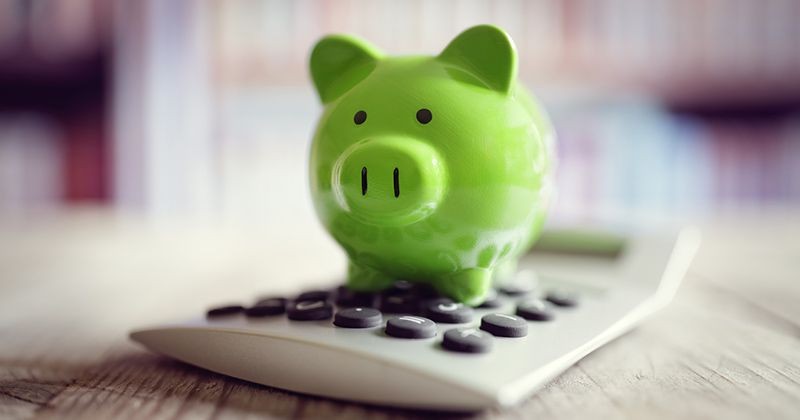Is it costly to deliver an outstanding customer experience? Of course it is.
But perhaps the more important questions is, what is the cost of delivering a subpar customer experience?
The “opportunity cost” of a poor customer experience can actually dwarf the out-of-pocket cost of delivering a good one.
Consider Customer A, who calls company XYZ’s contact center for support. She is transferred several times; she needs to repeat her issue each time. The associates she speaks with don’t have the skill or authority to help resolve her problem. She is escalated to a manager. Although her issue finally resolved, she hangs up in disgust.
The managers at XYZ think they’re saving money by not investing in training associates well enough to give them the authority to solve customer problems. Actually, however. there’s an opportunity cost far greater than what they save on training. This is the cost of missing a chance to increase customer value. Had customer A had a positive experience, the associate could, for example, have made a cross-sell offer, increasing the customer’s value had she accepted.
According to Don Peppers, founding partner of Peppers & Rogers Group, “It’s not just the out-of-pocket costs that corporate leaders need to consider, but also the opportunity cost of not providing an outstanding customer experience. Every time management thinks they’re saving money by reducing customer service, they’re actually losing customers who can’t be replaced. It’s money that can never be made up because those customers are gone for good—and there are a finite number of customers.”
Offering an outstanding end-to-end customer experience—including everything from marketing to packaging to product design to support to cross-sales—takes work, and investment. But the investment is worthwhile. It may be difficult to create an equation that provides the actual dollar value earned or saved from all aspects of the customer experience. However, there are measures like Return on Customer and Net Promoter Score that do show the connection. In fact, according to research by user experience consultant Alex Kirtland, the aggregate price of the stocks among the top 10 companies in the Forrester Research Customer Experience Index rose 45 percent from February 2009 to February 2010--more than double the performance of the S&P 500.
But you can forget the numbers, because even without them the connection is clear. Consider your own personal experience. When you have a positive customer experience you’re more likely to return to that store or buy that product or do additional business with that supplier. You’re also more like to buy more from that company or brand, as well as recommend it. This means an increase in revenue to that provider. It also means the potential for decreases in costs, as engaged customers are often served at a lower cost than new customers.
The opposite is true if the experience is negative.
Ultimately, what you need to know is not the out-of-pocket cost for good customer service, but the opportunity cost of a bad customer experience. In other words, how much is it worth to you to lose customers? How many customers can you afford to lose, really? And where are you going to go to find their replacements?

















